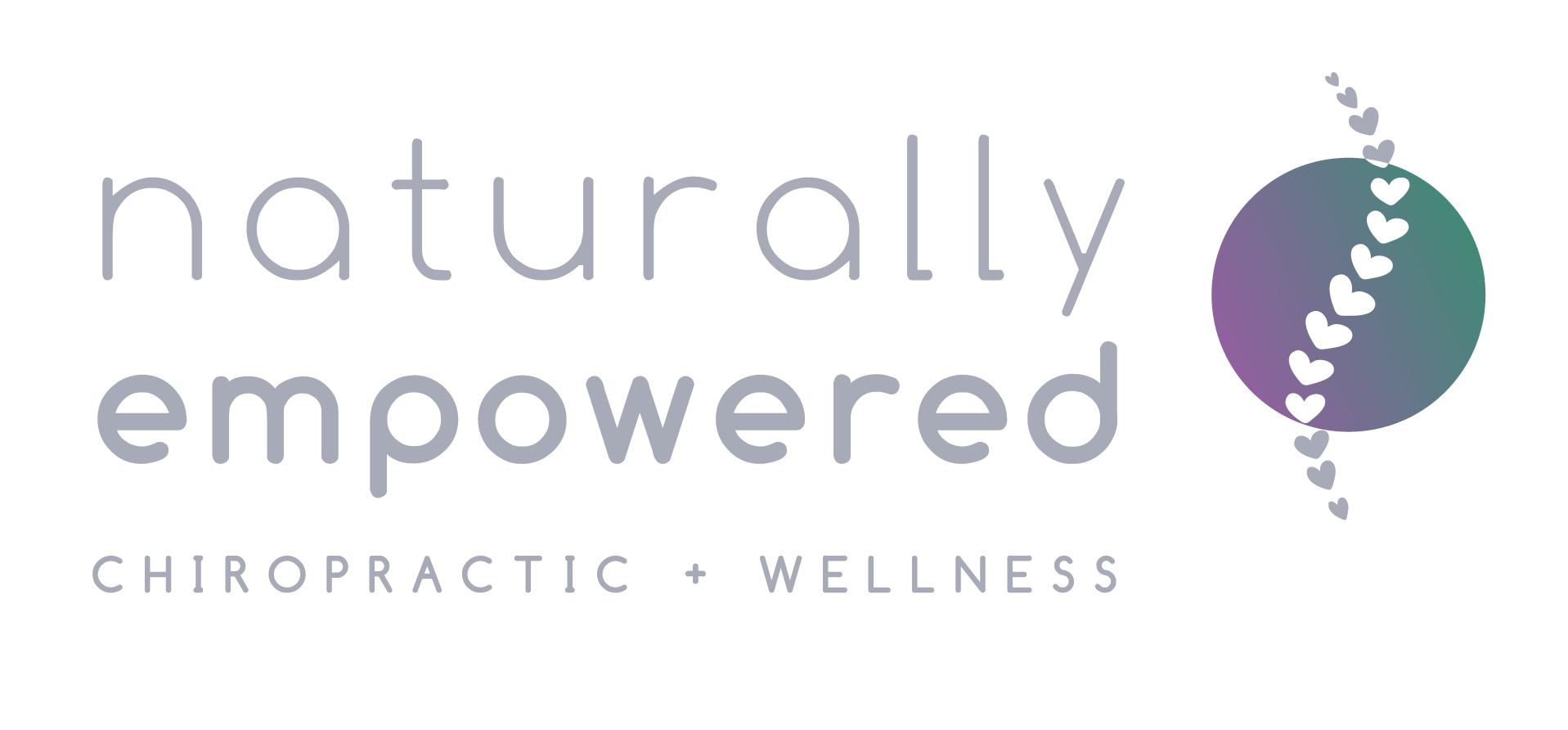How your spine gets stuck and how to free yourself from fixations or subluxations”
So there is a word I don’t know - What is a subluxation?
A subluxation is a word chiropractors have used for over 100 years to describe an area of restriction in the spine that is an indicator of reduced nervous system function.
There are two types:
1. A structural subluxation is where one vertebra (bone) is stuck or misplaced.
2. A meningeal subluxation is where a whole block of vertebrae (bones) move as one, or appear stuck together.
When your practitioner starts each session they will run they hands down your spine. Notice that some areas appear like blocks of stuck and other areas just one bone feels stuck.
What causes subluxation?
Structural subluxations tend to be caused by physical events such as falls, accidents or poor posture.
Meningeal subluxations tend to be caused by emotional and mental stress such as life events, problems at work or home, or from chemical trauma such as poor diet, smoking, or excessive alcohol or caffeine.
Indicators of subluxation include pain (not always), restricted motion of neck, low back or limbs and reduced nerve function.
Ask yourself:
How does your life affect the structure in your spine or posture? How do you feel at the end of the day? How much energy do you have? How does your body feel? What is your emotional/mental state like?
How do your diet impact on how you feel? Do certain foods or drinks knock your energy or make you emotional?
And how does your emotional/mental state affect your body? Do your internal voices and feelings have an impact on how you hold yourself? Your posture? You sense of wellbeing?
So what can you do to bring more ease and function to your spine and hence to your body?
The respiratory wave of NSA care is a great strategy to help you connect and release tension in the spine. It develops naturally in the early stages of Network Care. Try to be aware of it when you are on a bench. Ask to have it pointed out in others if you don’t feel it and are not sure what you are looking for.
Tension can is best healed from the inside, and the aim is for you to reach a state of peace or ease. Notice how your body relaxes and starts to heal as Network Care progresses.
Becoming Empowered to do this yourself?
Somato Respiratory Integration is a great tool you can learn yourself. It’s taught mainly in workshops in the office, and will empower you to become more healthy. The first Stage is all about finding internal resources in your body. If you haven’t already attended a workshop, check the notice board in the office or the Calendar for the next dates.
The Respiratory Wave and the Stage 1 SRI exercises are important during this process to help the brain to reorganise itself at a higher level of function.
Becoming aware is an important step to increase your self-healing capacities
Introduction to SRI - an Exercise you can practice now
Lie on your back, knees bent, feet flat on floor and become aware of your spine. Do any areas feel restricted? Observe your breath. Where does it go in your torso? Observe how your torso moves. If you have a sense of energy in your body, observe that.
Ask the following questions:
How does it feel?
Does it move when you breathe?
Do you feel relaxed or solid?
Are there areas that are difficult to bring awareness to?
As you bring attention and awareness to your spine, what changes?
Questions and key observations to deepen the season of discovery on this subject
Are you aware of where you have subluxations or restrictions in your spine, independent of pain?
How do your current habits create/reduce subluxation in your spine?
Posture
Diet
Emotions
Mental stresses
What can you change currently to help your body heal?
·What can you not change currently to help your body heal?
Become aware of how your life influences your spine and celebrate your increasing awareness

